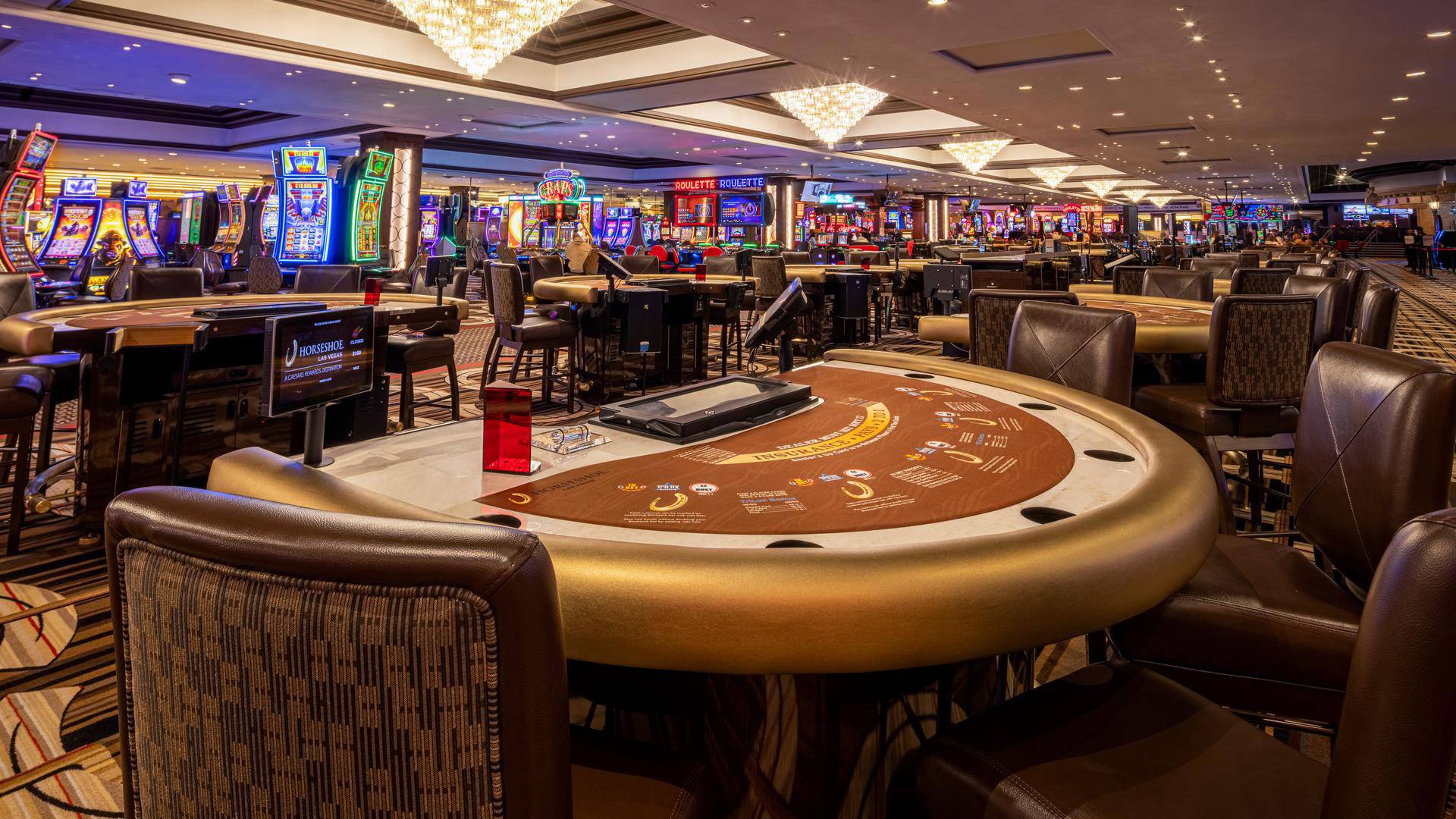
In the vibrant and stimulating world of gaming establishments, wherein luck and tactics intertwine, hues and design play a critical role in attracting players https://w88.gifts/. From the moment visitors step inside a casino or access a gaming platform, they are enveloped in a sightly feast that captures their attention and entices them to discover further. Vivid colors, captivating graphics, and creative layouts are meticulously crafted to create an atmosphere of thrill and expectation, ultimately improving the gaming experience.
While gamblers navigate through the ever-changing landscape of casino games, they come across a range of designs that not only serve visual purposes but also affect feelings and decision-making. Hues like red and yellow symbolize wealth and luck, while calm blues and greens can create a much tranquil environment. Understanding how these elements work together allows casinos to create an welcoming and energizing atmosphere that encourages players to engage with the games, invest more time at the tables, and boost their overall enjoyment. rút tiền w88
The Science of Tint in Gambling Games
Tint plays a critical role in the creation of gaming experiences, influencing player emotions and responses. Vivid and bold shades, such as red and amber, are often used to ignite thrill and attract notice. These shades create a sense of pressure and dynamism, encouraging gamblers to involve themselves more enthusiastically with the experience. By intentionally selecting hues, designers aim to inspire feelings of joy and expectation, which can enhance the total game experience.
Different hues also have psychological meanings that can impact how players perceive their chances of success. For case, green is commonly associated with fortune and prosperity, making it a well-liked choice in activities like roulette and poker games. This connection can lead participants to feel more optimistic and self-assured in their gaming, ultimately inspiring them to stake more. Grasping these associations allows game developers to design environments that enhance player happiness and loyalty.
In addition, the design of casino game interfaces often employs blended colors and contrasting colors to instruct players’ actions. For instance, successful combinations may be highlighted with bright, differing shades, creating a visual cue. This approach supports successful results and encourages repeated participation. By leveraging the science of color, casinos can design activities that not only attract gamblers but also keep them engaged and committed in their gaming experience.
Design Features that Engage Players
The aesthetic appeal of casino games is largely influenced by the implementation of vibrant colors. Bright and contrasting colors are strategically chosen to create an inviting atmosphere that captures attention. For instance, crimson and golds often signify good fortune and wealth, which is why they are prevalent in the palettes of gaming machines and table surfaces. These colors not only attract players in, but they also evoke emotions associated with excitement and anticipation, enhancing the overall gaming experience.
In parallel to color, the design and organization of gambling games play a significant role in captivating players. Games are designed to be user-friendly, ensuring that players can quickly understand the guidelines and gameplay. User-friendly interfaces, along with captivating graphics and animations, help maintain gamer interest and encourage extended play sessions. The tactile elements, such as the texture of the controls and the sounds of the games, also contribute to a comprehensive sensory experience that keeps players immersed.
In conclusion, thematic elements in gaming design can greatly influence player choice. Many casino games are inspired by popular culture, fairy tales, or adventure themes, featuring symbols and characters that resonate with players. These themes create a sense of immersion and relatability, making each game feel unique. When players feel a connection to the concept, they are more likely to choose that game over others, leading to higher participation and enthusiasm within the casino environment.
Case Studies: Notable Gambling Table Game Designs
One noteworthy example of impressive casino game design is the acclaimed slot machine series themed around blockbuster movies. Games such as those based on the Wizard of Oz and Game of thrones utilize vibrant colors and top-notch graphics to immerse players in well-known narratives. The application of lively visuals and engaging sound effects grabs the focus of players, building an emotional connection to the theme. This strategy merely promotes longer play but also improves the overall gaming experience, yielding increased player retention.
Another notable case is the application of color psychology in table games like 21 and the wheel. Casinos often develop these games with dark reds and greens, colors traditionally associated with luck and wealth. For instance, the emerald felt on a 21 table provides a soothing effect, while the crimson accents in roulette invite thrill. This thoughtful use of color helps to create an inviting atmosphere that motivates players to participate, satisfying their psychological impulses and boosting their enjoyment.
Finally, social casino games that feature community features and bright, lively designs have seen remarkable success in engaging players. Games like Zynga Poker and Slot-O-Mania leverage striking colors and playful animations to establish an inviting online environment. The inclusion of leaderboards, social sharing options, and in-game rewards promotes competition and community, drawing players in for longer sessions. Such designs not only make the games visually enticing but also emphasize social connectivity, a key factor in player retention and engagement within digital casino environments.
